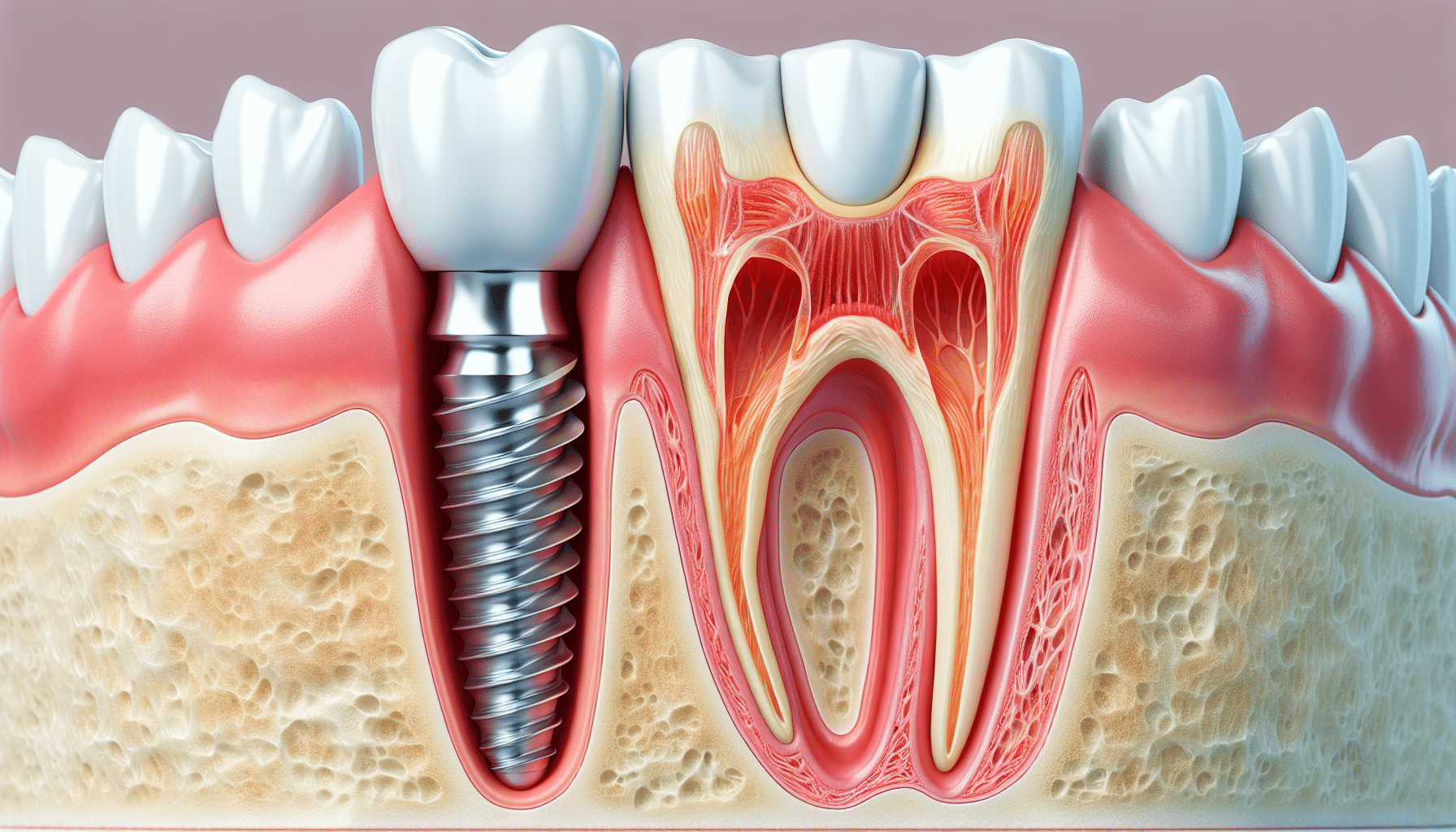Fascination About Dental Sense
Table of ContentsThe Only Guide to Dental SenseSome Of Dental SenseFascination About Dental SenseHow Dental Sense can Save You Time, Stress, and Money.
are medical gadgets surgically implanted into the jaw to recover an individual's capacity to chew or their look. They offer support for synthetic (phony) teeth, such as crowns, bridges, or dentures. When a tooth is shed due to injury or disease, an individual can experience issues such as rapid bone loss, defective speech, or changes to chewing patterns that cause discomfort.Dental implant systems are composed of an oral implant body and dental implant joint and may likewise consist of a joint fixation screw. Professional teeth whitening. The oral implant body is operatively put in the jawbone instead of the tooth's origin. The oral implant joint is usually connected to the implant body by the joint addiction screw and extends via gum tissues right into the mouth to sustain the connected artificial teeth
(https://writeablog.net/dentalsense1/expert-solutions-for-wisdom-tooth-cavities-and-same-day-dental-implants)Structure of The Oral Implant System picking oral implants, speak to your oral company about the possible advantages and dangers, and whether you are a prospect for the treatment. Things to take into consideration: Your total health and wellness is a vital element in figuring out whether you are a great candidate for dental implants, how much time it will require to recover, and how much time the implant might remain in location.
Cigarette smoking may impact the healing process and decrease the long-lasting success of the implant. The healing procedure for the implant body may take several months or longer, throughout which time you typically have a momentary joint in location of the tooth. the dental implant treatment: Thoroughly follow the oral hygiene instructions offered to you by your dental copyright.
Facts About Dental Sense Revealed
Implant failure can lead to the demand for one more surgical procedure to repair or change the dental implant system. Recovers the ability to eat Restores aesthetic appearance Aids keep the jawbone from diminishing due to bone loss Preserves the health of the surrounding bone and periodontals Assists maintain surrounding (nearby) teeth secure Boosts top quality of life Damages to bordering all-natural teeth throughout implant positioning Injury to the surrounding cells throughout surgical procedure, such as sinus opening Injury throughout surgical procedure (for instance, crack of surrounding jawbone) Poor feature, such as seeming like the teeth do not attack together typically An experience that the tooth hangs or turning in location resulting from a joint screw loosening Implant body failing (looseness of the implant body) as a result of systemic infection, which might be most likely in people with uncontrolled diabetics issues due to local infection in bone and periodontals supporting the dental implant body due to postponed healing, which may be most likely in patients who smoke Problem cleansing the periodontals around the implant, leading to poor oral health Untreated periodontal illness Post-surgical pins and needles due to nerve impingement or damages Always alert healthcare suppliers and imaging service technicians that you have dental implants prior to any magnetic vibration imaging (MRI) or x-ray treatments.
FDA is not knowledgeable about any type of damaging events reported for MRI or x-ray treatments with oral implants. Dental implants systems are commonly made of materials that comply with international agreement standards of the International Company for Standardization (ISO) or ASTM International. These standards have information of what makes a risk-free product.

A dental implant is a framework that changes a missing out on tooth. With screw-like gadgets, the surgeon inserts a dental implant right into the jawbone, and it acts as an anchor for a fabricated tooth, called a crown.
Getting The Dental Sense To Work
Some individuals are not eligible for dental implant surgical procedure. It is for dental cosmetic surgeons to operate individuals with: acute illnessuncontrollable metabolic diseasebone or soft tissue condition or infectionIf these issues are settled, an individual can have the surgery. In, oral specialists avoid from operating people with: If individuals with any of the above go through dental implant surgery, there is a greater threat of the implant falling short.

Oral dental implant surgical treatment is a customized procedure. It's not the exact same for everyone. However the complying about his with gives a basic introduction of what you can anticipate your dental expert, oral specialist, periodontist or prosthodontist to do: Place the implant operatively. Offer you time to heal. Attach the message and final crown, bridge or denture.
Next off, your specialist will carefully position the dental implant into your jaw. If your dental implant is near the front of your mouth, your dental expert will make a short-term tooth for you to wear until you recover.
The Only Guide for Dental Sense
During the recovery stage, your jawbone needs to fuse to the oral implant. This procedure can take anywhere from 3 to nine months.
Once your dental implant heals, your dentist can affix the abutment (tiny connector article) and your final remediation (crown, bridge or denture). This typically takes concerning one hour to complete and might require a second minor surgical procedure. You should not really feel any type of discomfort during your oral implant treatment because your provider will use drug to numb your gums.